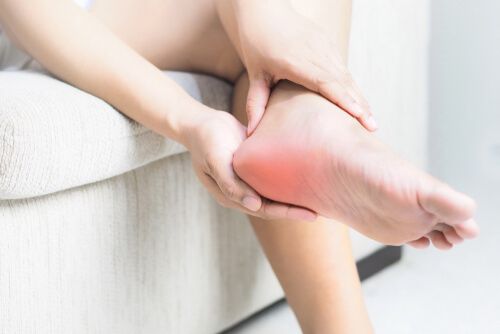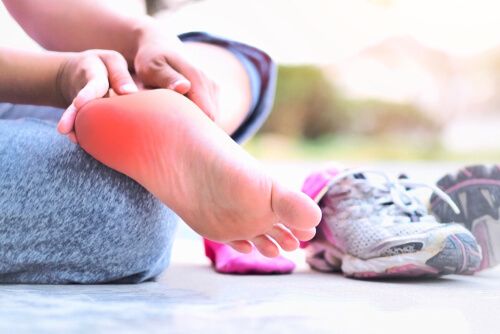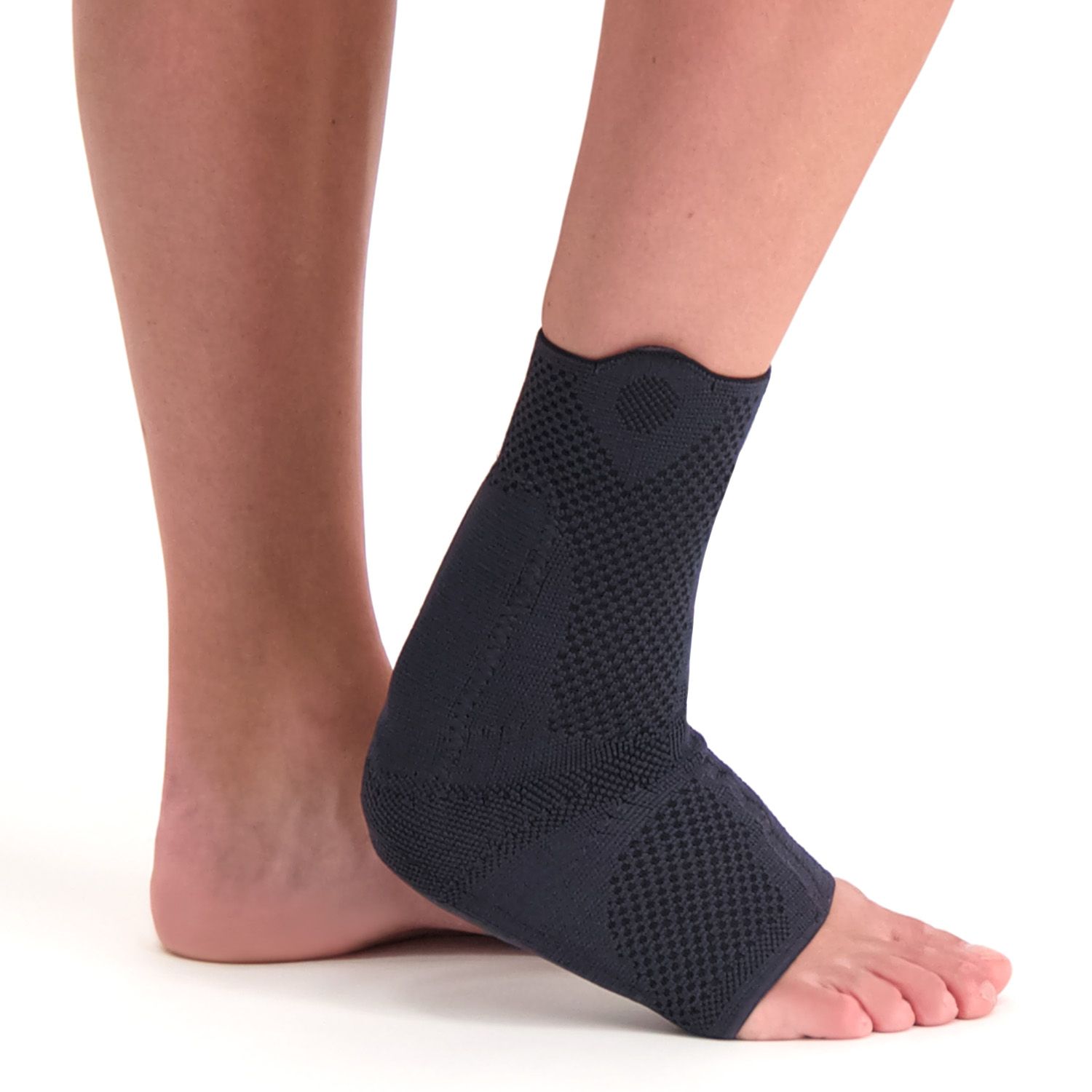Bursitis heel
In bursitis of the heel, there is damage to the bursa at the level of the heel. This can lead to various symptoms. Are you curious to learn more, such as its causes and treatment? Then feel free to read on. We are happy to explain.
What is bursitis of the heel?
A bursa is a kind of cushion filled with fluid. It is located behind the Achilles tendon and can cause pain in the heel region. Bursas are found in many places in the body and can become inflamed. With bursitis in the heel, damage and inflammation of the bursa occurs at the level of the heel.

What are the causes?
A bursa can become irritated and inflamed due to friction of the heel against the shoe. In addition, the deep bursa can become inflamed if the bursa keeps getting stuck between the heel bone and the Achilles tendon. These complaints are especially common in people who play sports that involve a lot of running, such as running, walking, football, tennis and so on. Bursitis of the heel is most common in people aged between 40 and 60.
The symptoms of bursitis of the heel
There are various symptoms you can experience with bursitis. We list these below:
- Pain and swelling
- A lump on the back of the heel
- Wearing shoes is painful
- Especially pain when you get up in the morning or after resting
- Stinging sensation after a lot of running or sports
- Radiating pain to the calf

Treatment
If you suffer from bursitis of the heel, it is important to rest the bursa for about 1 to 3 weeks. However, it is important to exercise regularly, without straining the heel. This ensures that the joint remains supple and does not become stiffer.
In most cases, shoes are the cause of bursitis. It can really help not putting any more pressure on the heel for a few weeks. This can be done, for example, by wearing shoes with an open heel. In addition, wearing a heel cushion can also provide support. Usually, a bursa heals on its own within a few weeks.

- Physiotherapist
- Sports podiatrist
- Manual therapist
- Podopostural therapist
- Myofascial dry needling specialist




